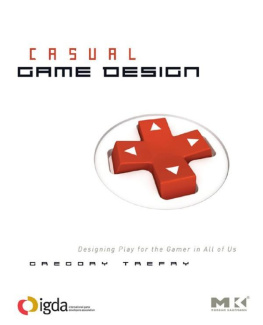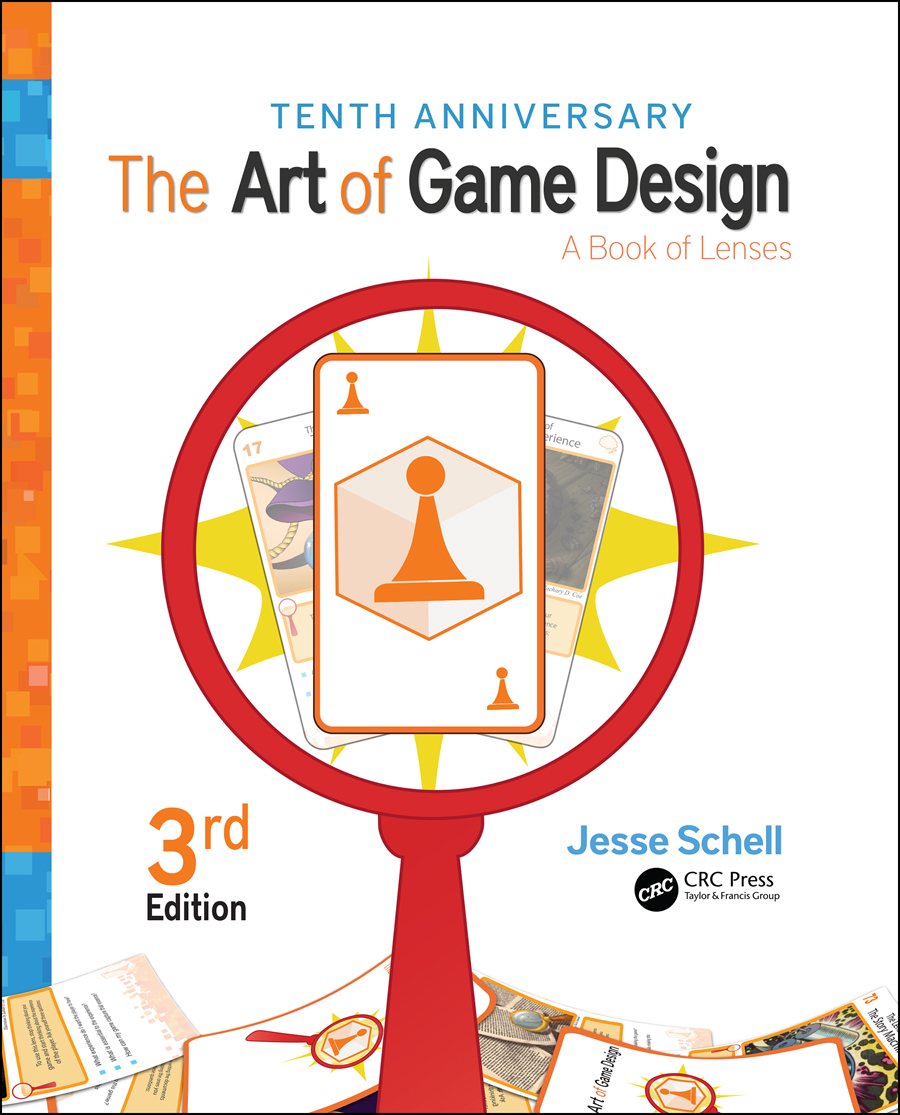
Tenth Anniversary
The Art of Game Design
A Book of Lenses
3rd Edition
CRC Press
Taylor & Francis Group
6000 Broken Sound Parkway NW, Suite 300
Boca Raton, FL 33487-2742
2020 by Taylor & Francis Group, LLC
CRC Press is an imprint of Taylor & Francis Group, an Informa business
No claim to original U.S. Government works
Printed on acid-free paper
International Standard Book Number-13: 978-1-138-63205-9 (Paperback)
International Standard Book Number-13: 978-1-138-63209-7 (Hardback)
This book contains information obtained from authentic and highly regarded sources. Reasonable efforts have been made to publish reliable data and information, but the author and publisher cannot assume responsibility for the validity of all materials or the consequences of their use. The authors and publishers have attempted to trace the copyright holders of all material reproduced in this publication and apologize to copyright holders if permission to publish in this form has not been obtained. If any copyright material has not been acknowledged please write and let us know so we may rectify in any future reprint.
Except as permitted under U.S. Copyright Law, no part of this book may be reprinted, reproduced, transmitted, or utilized in any form by any electronic, mechanical, or other means, now known or hereafter invented, including photocopying, microfilming, and recording, or in any information storage or retrieval system, without written permission from the publishers.
For permission to photocopy or use material electronically from this work, please access www.copyright.com (http://www.copyright.com/) or contact the Copyright Clearance Center, Inc. (CCC), 222 Rosewood Drive, Danvers, MA 01923, 978-750-8400. CCC is a not-for-profit organization that provides licenses and registration for a variety of users. For organizations that have been granted a photocopy license by the CCC, a separate system of payment has been arranged.
Trademark Notice: Product or corporate names may be trademarks or registered trademarks, and are used only for identification and explanation without intent to infringe.
Library of Congress Cataloging-in-Publication Data
Names: Schell, Jesse, author.
Title: The art of game design : a book of lenses / Jesse Schell.
Description: Third edition. | Boca Raton : Taylor & Francis, a CRC title,
part of the Taylor & Francis imprint, a member of the Taylor & Francis
Group, the academic division of T&F Informa, plc, 2019. | Includes
bibliographical references and index.
Identifiers: LCCN 2019013713 | ISBN 9781138632059 (pbk. : acid-free paper) |
ISBN 9781138632097 (hardback : acid-free paper)
Subjects: LCSH: Computer gamesDesign.
Classification: LCC QA76.76.C672 S34 2019 | DDC 794.8/1536dc23
LC record available at https://lccn.loc.gov/2019013713
Visit the Taylor & Francis Web site at
http://www.taylorandfrancis.com
and the CRC Press Web site at
http://www.crcpress.com
For Nyra
who always listens
I will talk to you of art,
For there is nothing else to talk about,
For there is nothing else.
Life is an obscure hobo,
Bumming a ride on the omnibus of art.
Maxwell H. Brock
Hello there! Come in, come in! What a nice surpriseI had no idea you would be visiting today. Im sorry if it is a little messy in here, Ive been writing. Pleasemake yourself comfortable. Good, good. Now lets see where should we begin? OhI should introduce myself!
My name is Jesse Schell, and I have always loved designing games. Heres picture of me:
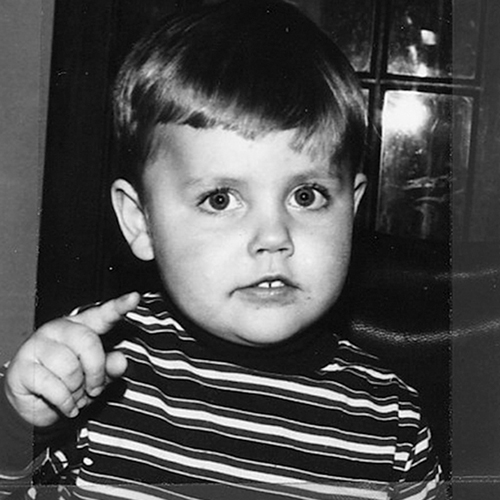
I was shorter then. Since that picture was taken, Ive done a lot of different things. Ive worked in circuses as a professional juggler. Ive been a writer, comedian, and magicians apprentice. Ive worked at IBM and Bell Communications Research as a software engineer. Ive designed and developed interactive theme park rides and massively multiplayer games for the Walt Disney Company. Ive started my own game studio, and become a professor at Carnegie Mellon University. But when people ask me what I do, I tell them that I am a game designer.
I mention all this only because at various times in this book, I will be drawing examples from these experiences, since every single one of them has taught me valuable lessons about the art of game design. That might sound surprising now, but hopefully, as you read this book, it will help you see the ways that game design meaningfully connects to the many experiences in your own life.
One thing I should clarify: While the goal of this book is primarily to teach you how to be a better videogame designer, many of the principles we explore will have little to do with videogames specificallyyou will find they are more broadly applicable than that. The good news is that much of what you read here will work equally well no matter what kind of game you are designingdigital, analog, or otherwise.
What Is Game Design?
As we begin, it is important for us to be absolutely clear about what is meant by game design. After all, it is what the rest of the book is about, and some people seem a bit confused about it.
Thats it. On the surface, it sounds too simple.
No. To decide what a game is, you must make hundreds, usually thousands of decisions.
No. Since game design is simply decision making, you can actually design a game in your head. Usually, though, you will want to write down these decisions, because our memories are weak, and it is easy to miss something important if you dont write things down. Further, if you want other people to help you make decisions, or to help build the game, you need to communicate these decisions to them somehow, and writing them down is a good way to do that.
No, they dont. First of all, many games can be played without the use of computers or technology; board games, card games, and athletic games, for example. Secondly, even for computer games or videogames, it is possible to make the decisions about what those games should be without knowing all the technical details of how those decisions are carried out. Of course, it can be a tremendous help if you do know these details, just as being a skilled writer or artist can help. This allows you to make better decisions more quickly, but it is not strictly necessary. It is like the relationship between architects and carpenters: an architect does not need to know everything the carpenter knows, but an architect must know everything the carpenter is capable of.
No. Story decisions are one aspect of a game design, but there are many, many others. Decisions about rules, look and feel, timing, pacing, risk-taking, rewards, punishments, and everything else the player experiences is the responsibility of the game designer.

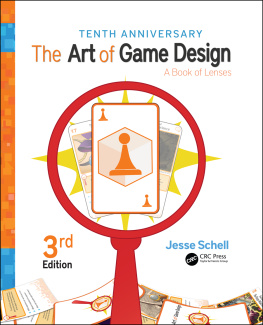

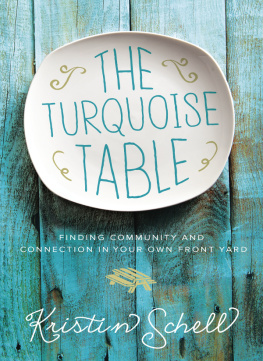


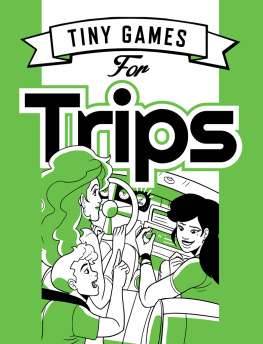
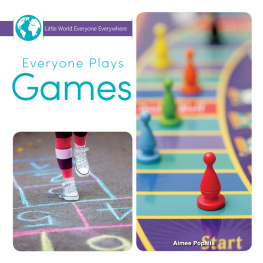
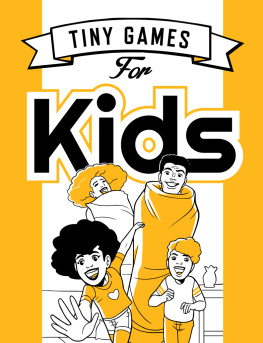
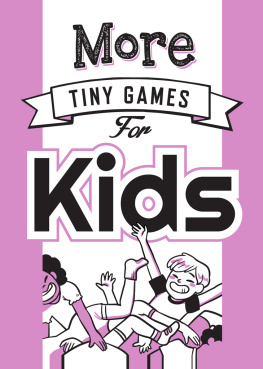
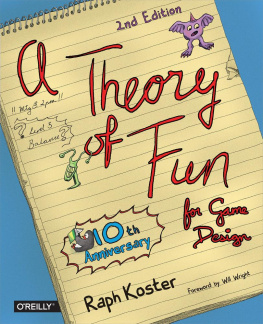
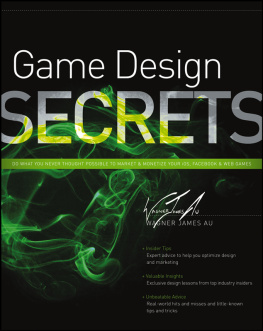
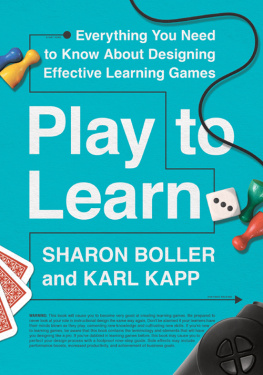
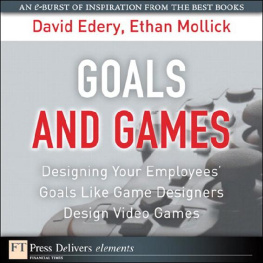
![Jesse Schell [Jesse Schell] - The Art of Game Design, 2nd Edition](/uploads/posts/book/119435/thumbs/jesse-schell-jesse-schell-the-art-of-game.jpg)
![Ethan Ham [Ethan Ham] - Tabletop Game Design for Video Game Designers](/uploads/posts/book/119417/thumbs/ethan-ham-ethan-ham-tabletop-game-design-for.jpg)
